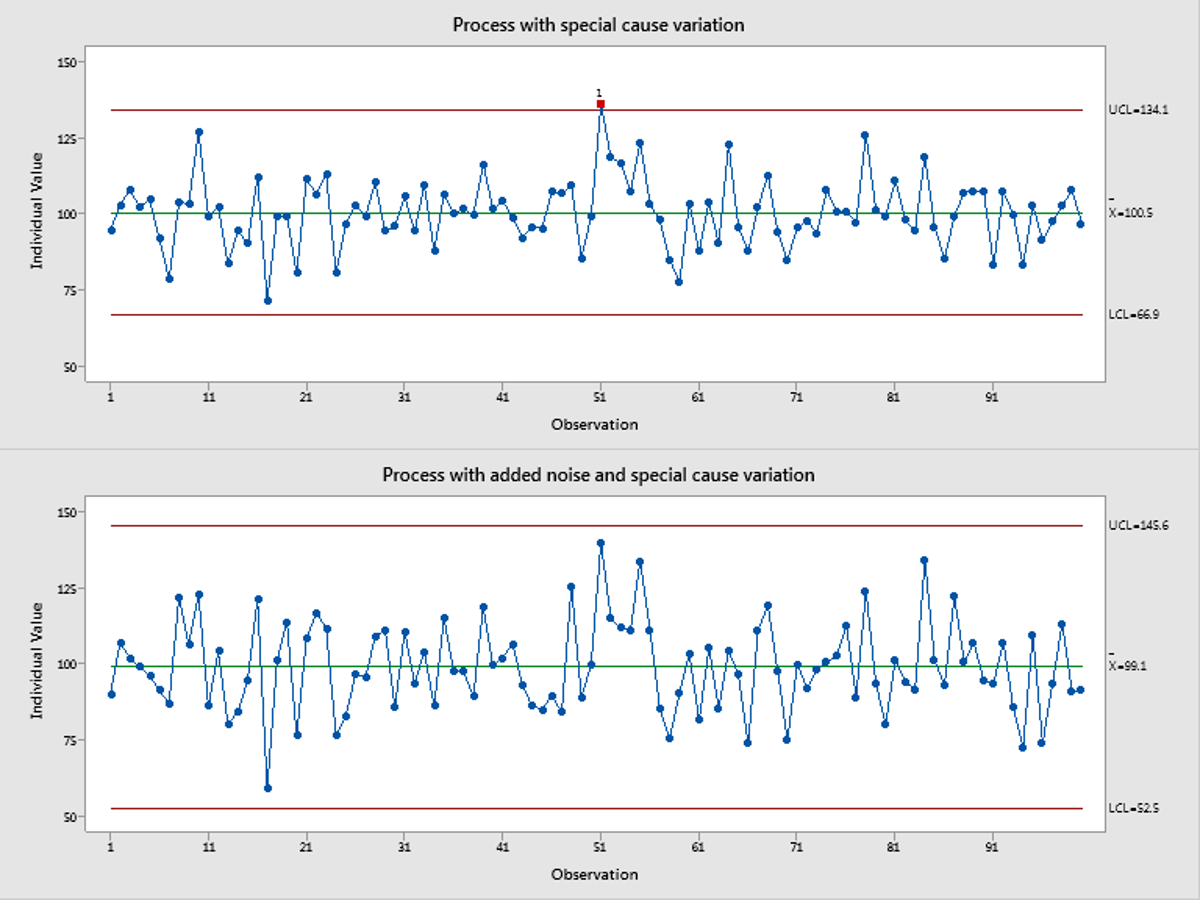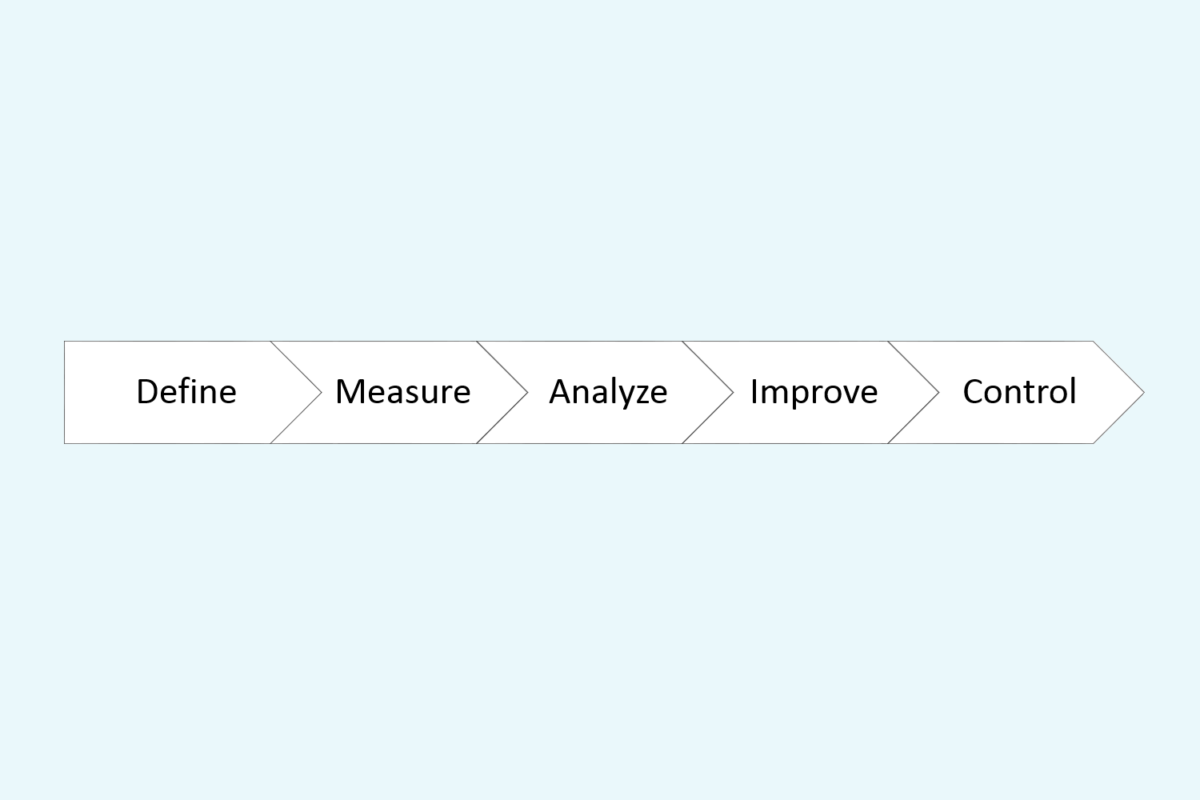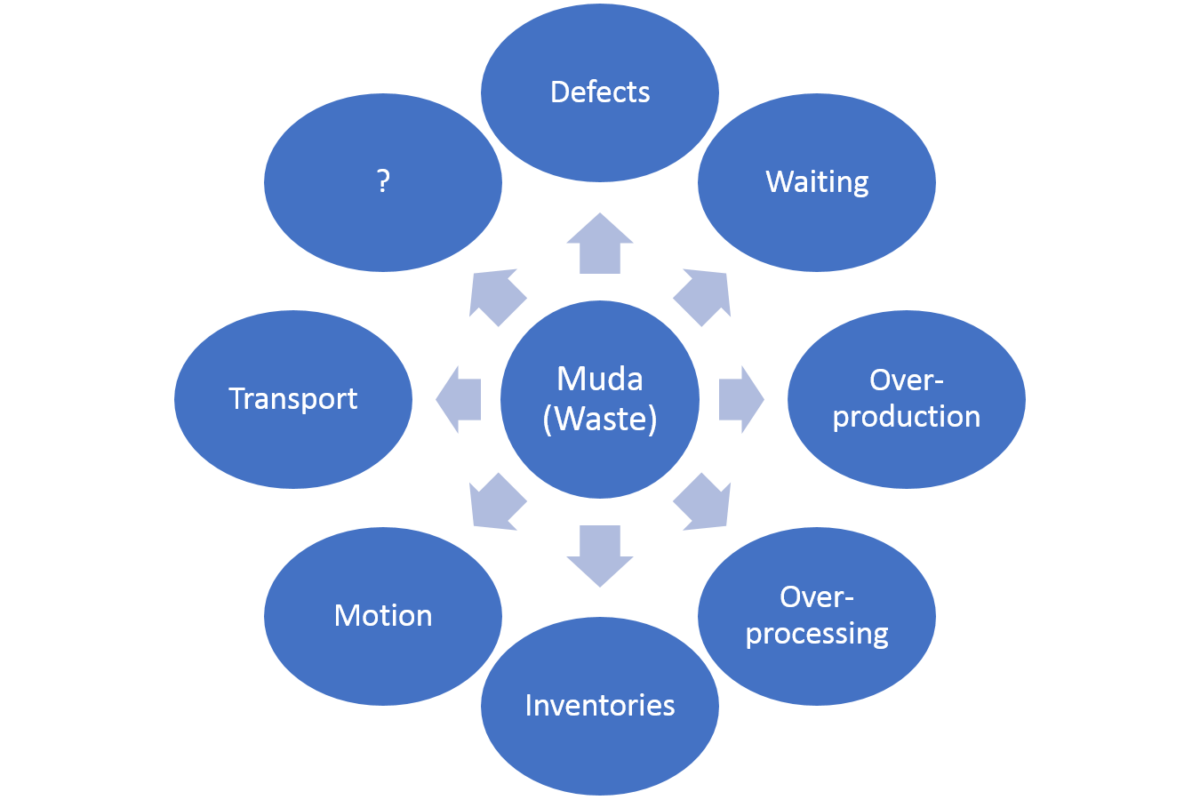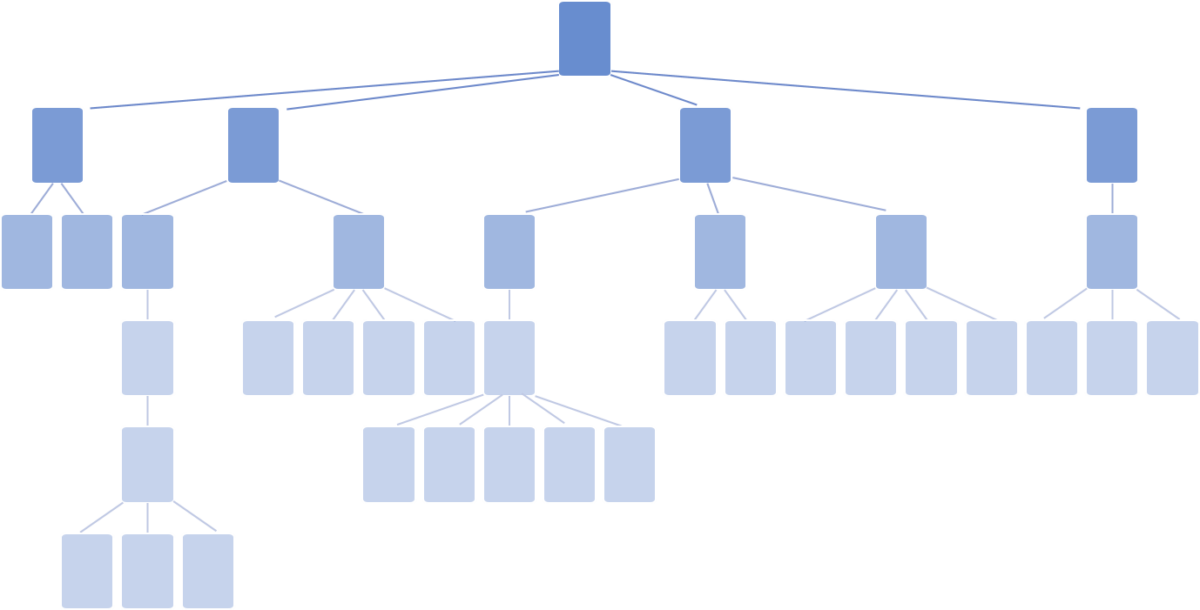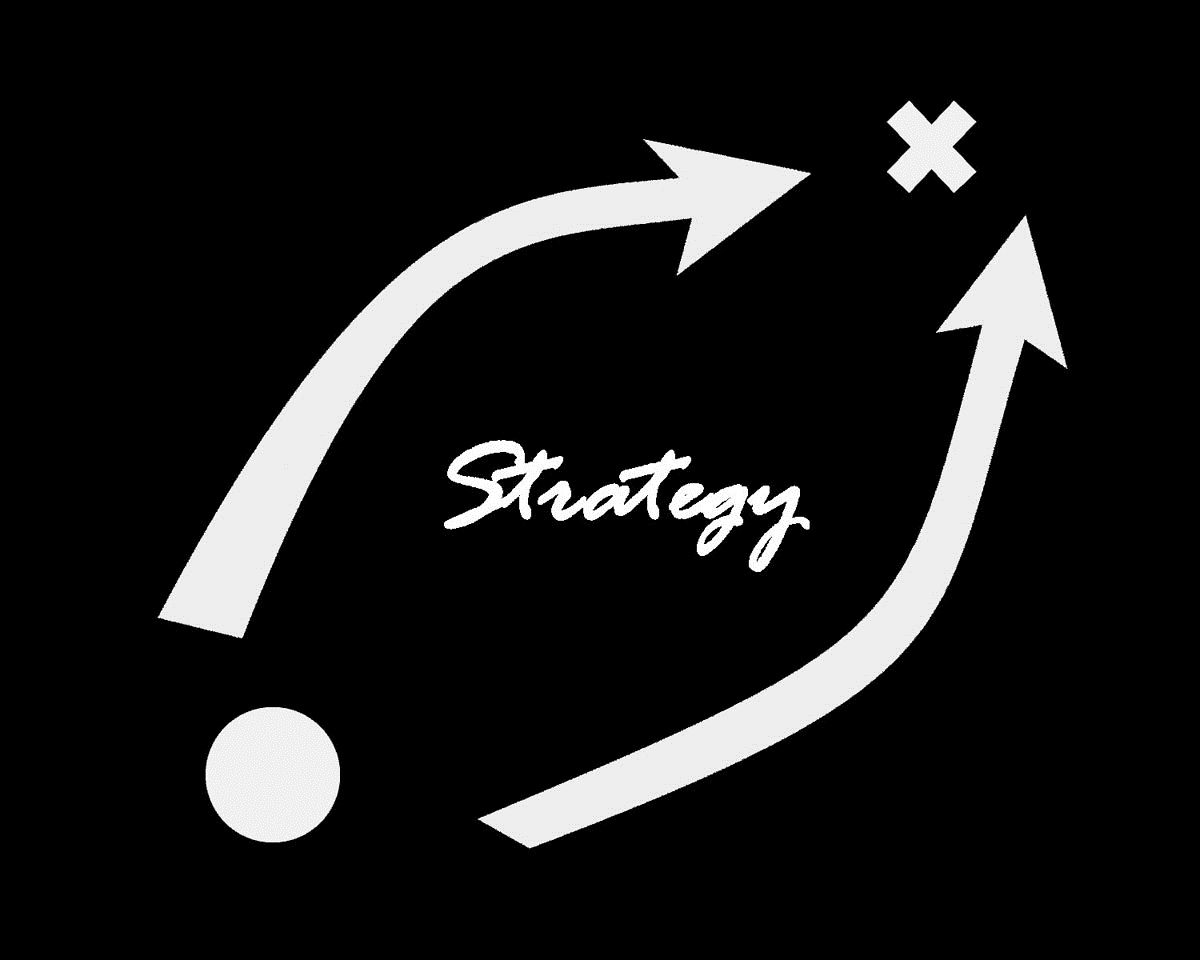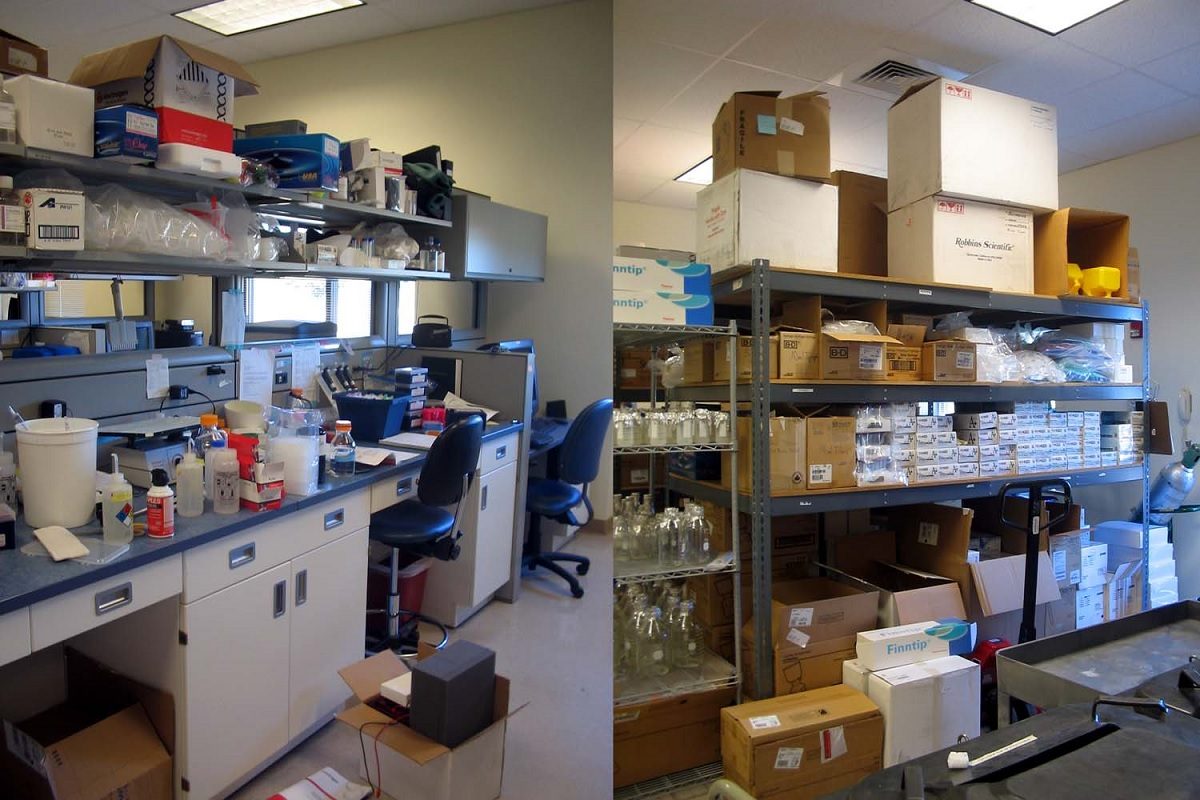In my previous blogs, I discussed some challenges in deploying continuous improvement (CI) methodologies in organizations and made recommendations, such as Understand the reason to bring in the methodology and assess organization’s readiness (Starting Lean Six Sigma) Select the right projects and leaders and provide training and coaching (The First Six Sigma Project) Pay attention… Continue reading Approaches to Lean Six Sigma Deployment
Tag: Lean
Improving Change Detection
Change detection in time-related data is a common application of statistical methods. For example, we may want to detect if the consumer preferences have changed over time, if a piece of equipment has deteriorated and requires maintenance, or if a manufacturing process has drifted, increasing risk of producing defects. In my teaching, consulting, and general… Continue reading Improving Change Detection
Lean Six Sigma Training for Continuous Improvement
Have you provided Lean Six Sigma (LSS) training to your employees? What was your goal? How effective was it? Over 15 years ago, I received my LSS Black Belt (BB) training sponsored by my employer. It was three weeks of classroom training delivered over three months by external consultants. It kick-started my Continuous Improvement (CI)… Continue reading Lean Six Sigma Training for Continuous Improvement
Understanding Variation
Lean and Six Sigma are two common methodologies in Continuous Improvement (CI). However, neither has a precise definition of what it is. Many disagree on the definitions or even the value of these methodologies, and I won’t join the debate here. What I care about is the underlying principles used by these methodologies – whatever… Continue reading Understanding Variation
Revisiting the DMAIC Stage-Gate Process
The DMAIC framework, with its Define, Measure, Analyze, Improve, and Control phases, is the most common method used in Six Sigma projects. Most Green Belts (GBs) and Black Belts (BBs) are trained to execute Six Sigma projects using this framework. Following the DMAIC steps, the project team can think rigorously and approach the problem… Continue reading Revisiting the DMAIC Stage-Gate Process
How is your Lean developing?
Do you use Lean as a Continuous Improvement (CI) methodology in your organization? If yes, how do you use it? How satisfied are you with the results? When I talk to people in CI, many often tell me that they prefer Lean to Six Sigma or have shifted more efforts from Six Sigma to Lean… Continue reading How is your Lean developing?
What Types of Waste Do You See?
Value is one of the fundamental concepts in Lean. When analyzing the process from a customer’s perspective, Lean practitioners separate value-added activities from non-value added ones, which are muda or waste. By relentlessly removing waste, Lean organizations are able to deliver value to their customers fast and at the lowest costs. Many people are familiar… Continue reading What Types of Waste Do You See?
An Indispensable Competency in an Agile Organization
One of the most common reasons for project trouble or failure is an unsuitably large project scope. The problem is not necessarily unrealistic goals or inadequate resources. When the large scope extends the project timeline far into the future, it risks becoming irrelevant before meaningful impact is achieved. External circumstances simply change and invalidate the… Continue reading An Indispensable Competency in an Agile Organization
Creating Better Strategies
What is your company’s strategy? As an employee or manager, what does it mean to you? Not many people I know can articulate it well. There seems to be much confusion between strategies and goals. Many strategies only state the desired outcomes without either 1) a meaningful connection to the organization’s unique ability to execute… Continue reading Creating Better Strategies
Lean: Impact on Organizations
I came across a few photos capturing the “before” stage of a Lean Lab initiative I led more than a dozen years ago. It was a valuable learning experience. Today, many opportunities still exist. Have you implemented Lean in an R&D or laboratory environment? What benefits did you see? While Lean implementation is often associated… Continue reading Lean: Impact on Organizations


